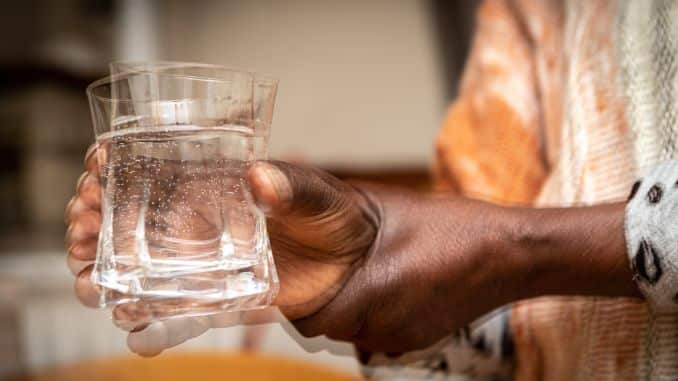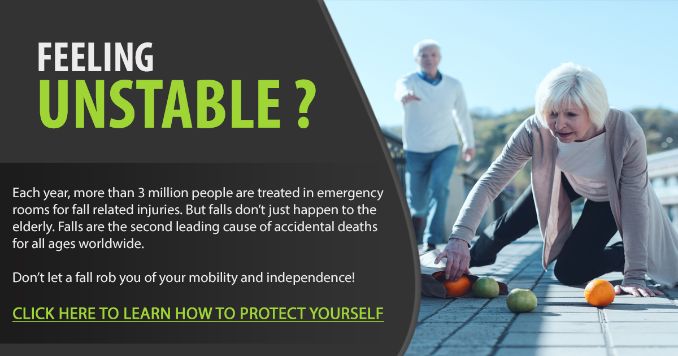Struggling with shaky hands? There are exercises to help with hand tremors and regain control. Whether it's essential tremor, Parkinson’s disease, or simply wanting to improve hand skills, these best exercise for hand tremors aim to make your life easier and better.
The study of smaga (2003) [¹] talks about tremors, which are shaking movements in the body. These can be helped by doing certain movements and stretches to make your hands steadier.
Understanding Hand Tremors
Hand tremors are involuntary, rhythmic movements of the hands that can vary in severity and frequency. According to the study of O'Connor and Kini (2011) [²], essential tremor, Parkinson’s disease (and related syndromes), and disorders impacting cerebellar function—often multiple sclerosis—are the most frequent neurological conditions linked to tremor. In population-based research, the incidence of essential tremor ranges from 5.6% to 9% and rises with age.
Additionally, tremor affects between 25% and 58% of individuals with multiple sclerosis [⁶], with its prevalence increasing alongside disability.
Causes Of Hand Tremors
1. Neurological Conditions
- Traumatic Brain Injury:A study about the rehabilitation [³] of patients after severe traumatic brain injury (TBI) reveals that they often face ongoing challenges with motor control, communication, cognition, and social behavior, which make it difficult for them to resume their normal activities. Initially, these patients may experience difficulties moving all their arms and legs, with weakness on one side and shaky movements in one arm.
- Cerebrovascular Accident (CVA) or Stroke: A stroke [⁴] or cerebrovascular accident (CVA), happens when blood flow to the brain is disrupted, causing damage. This can impact movement, sensation, speech, emotions, and awareness. Strokes are a leading cause of long-term disability in the U.S., affecting approximately 4.7 million Americans. Each year, about 795,000 Americans experience a stroke.
Strokes can cause different movement problems. Some involve too much movement, like twitching or shaking limbs. Others involve too little movement, like stiffness or trouble starting movements, similar to Parkinson's disease. These issues are rare right after a stroke [⁵] but can show up later as a lasting effect. Both types of strokes, from a blockage or bleeding, can affect any part of the brain's movement control.
- Multiple Sclerosis: It is a leading cause of serious neurological disabilities in young adults, not from injuries. Tremors are a common symptom of MS, often causing job loss or worsening disabilities. In a study, some patients had small tremors that affected their body's posture subtly. Although not noticeable, these tremors can make MS patients feel less coordinated, a common issue for them.
- Essential Tremors: Involuntary shaking, usually in the hands, unrelated to intentional movements. A common movement disorder that increases with voluntary activities and can be hereditary.
- Parkinson's Disease: Difficulty controlling movements, accompanied by shaking, stiffness, and balance issues. Characterized by a prominent rest tremor that diminishes with voluntary movement and is associated with other neurological symptoms like rigidity and bradykinesia.
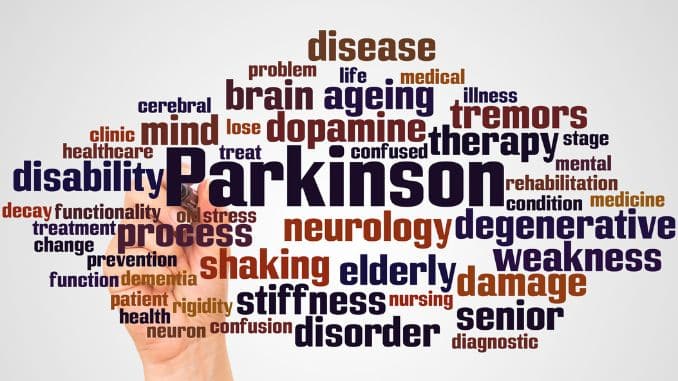
2. Age-Related Factors
- Aging: Natural changes in the nervous system leading to minor hand tremors in some individuals.
3. Substance-Induced Tremors
- Caffeine or Stimulant Use: Excessive consumption of Caffeine leads to heightened nervous system activity and hand tremors.
- Alcohol Withdrawal: Sudden cessation of alcohol intake causing symptoms like shaking hands, anxiety, nausea, and sweating.
4. Medical and Medication-Related Causes
- Medication Side Effects: Unintended effects of drugs, including shaking hands.
- Hyperthyroidism: Overactivity of the thyroid gland resulting in weight loss, increased heart rate, anxiety, and hand tremors, often associated with Graves' disease, an autoimmune disorder.
Different Types Of Hand Tremors
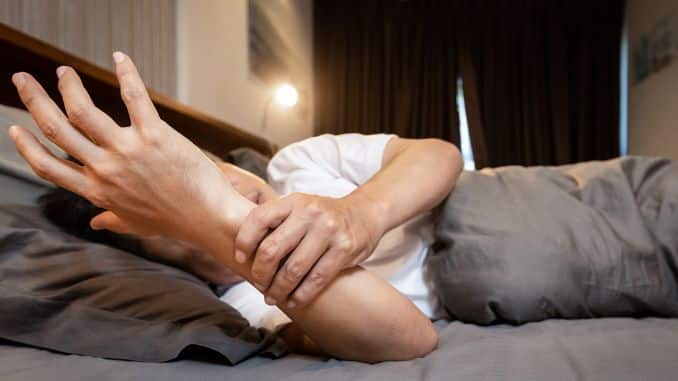
1. Resting Tremor
Resting tremors are when a body part shakes without you wanting it to, usually when the muscles are relaxed. They're often linked to conditions like Parkinson’s disease, where the shaking happens most when the person isn't using that limb. Doctors use resting tremors to help diagnose some neurological disorders. The best exercise for hand tremors can help manage these symptoms effectively.
2. Action Tremor
An involuntary shaking that occurs during voluntary movements or actions. This type of tremor becomes noticeable when a person is trying to perform a task, such as reaching for an object or writing.
3. Postural Tremor
Occurs when a person maintains a specific position against gravity, such as holding their arms outstretched. Moreover, the tremor becomes more pronounced in these static positions and may diminish or disappear when the person resumes movement or changes posture.
4. Intention Tremor
It is characterized by involuntary shaking that occurs during purposeful and goal-directed movements, such as reaching for an object, making Best Exercise For Hand Tremors worsen as the person’s hand gets closer to the target. Moreover, the Cerebellar Tremor results from damage to the cerebellum and typically presents as an intentional tremor.
5. Drug-Induced And Toxic Tremors
Caused by medications or substances that affect the nervous system, such as lithium, alcohol, or certain psychiatric medications.
6. Physiological Tremor
It is a normal, low-amplitude tremor that everyone experiences to some extent. It is typically not visible to the naked eye but can become more pronounced due to factors like fatigue, anxiety, or stimulant intake. This type of tremor is considered a natural, benign occurrence.
5 Best Exercises for Hand Tremors
Here are some exercises as part of your physical therapy:
1. Finger Tap Exercise
Firstly, start by tapping each finger individually on a flat surface, maintaining a steady rhythm. Gradually increase the speed and intensity of the taps. Moreover, this exercise helps improve finger dexterity and control, making it an excellent choice for individuals with essential tremors or Parkinson’s disease.

2. Hand Squeezes
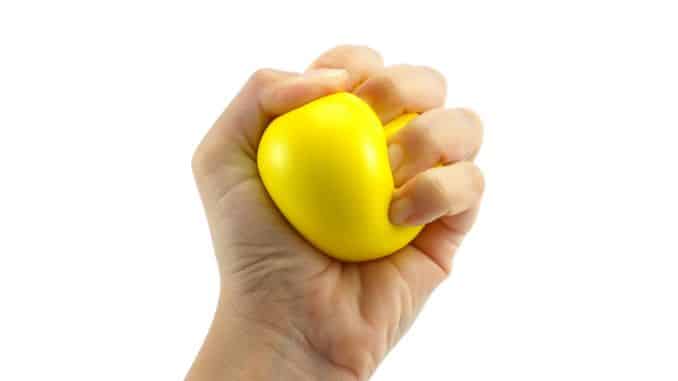
3. Wrist Flexion and Extension
Firstly, begin in an upright sitting position on a chair with your knees bent and feet flat on the floor. Maintain good alignment with your upper body. Then, rest your forearm on the armrest or a table with your wrist hanging off the edge, palm facing down. Therefore, slowly raise your hand up towards the ceiling, then lower it back down. After that, repeat this movement several times, focusing on the controlled and smooth motion. Moreover, this exercise helps improve wrist stability and flexibility, making it easier to perform daily tasks.
Note: To enhance hand strength and flexibility, you can incorporate finger bend bending and hand dumbbell exercise into your routine.
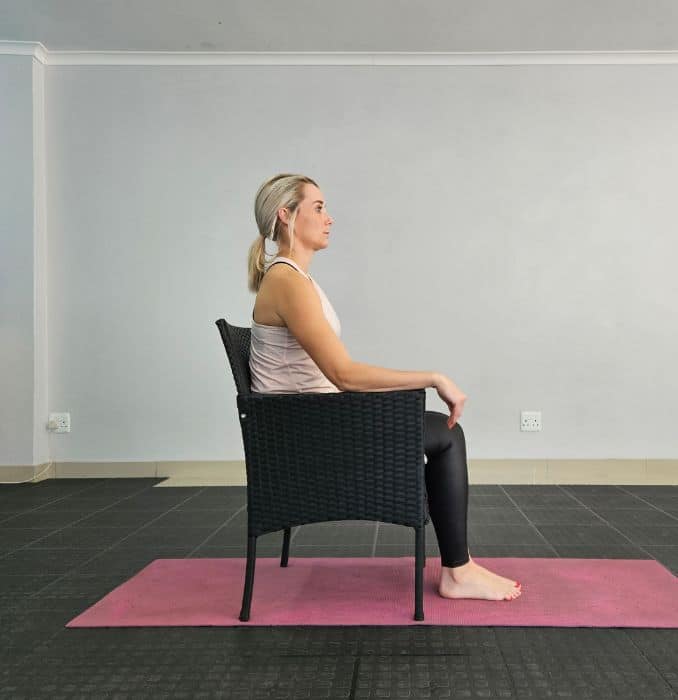 |
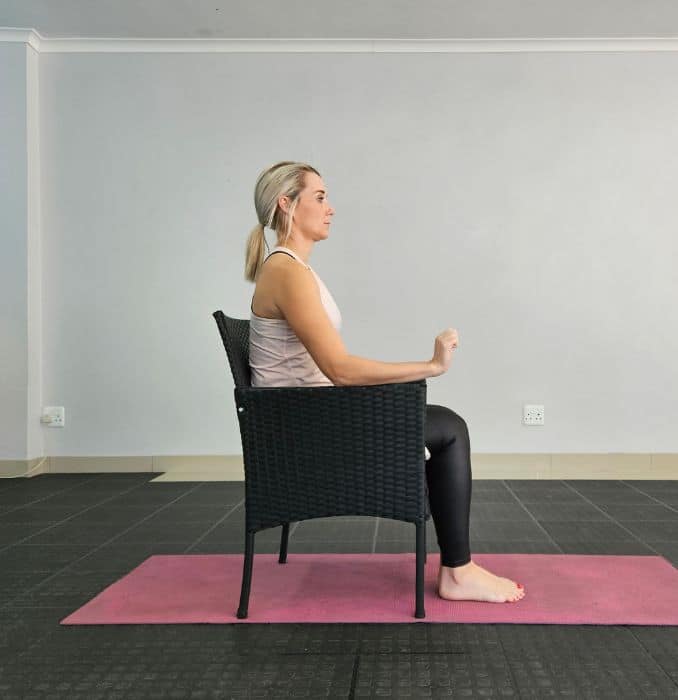 |
4. Finger-to-Palm Touches
Place your hand flat on a table, then touch each finger to your thumb one at a time. Repeat this exercise several times, focusing on precision and control. Finger-to-palm touches help improve finger coordination and fine motor skills, making them particularly useful for individuals with essential tremors or Parkinson's disease.
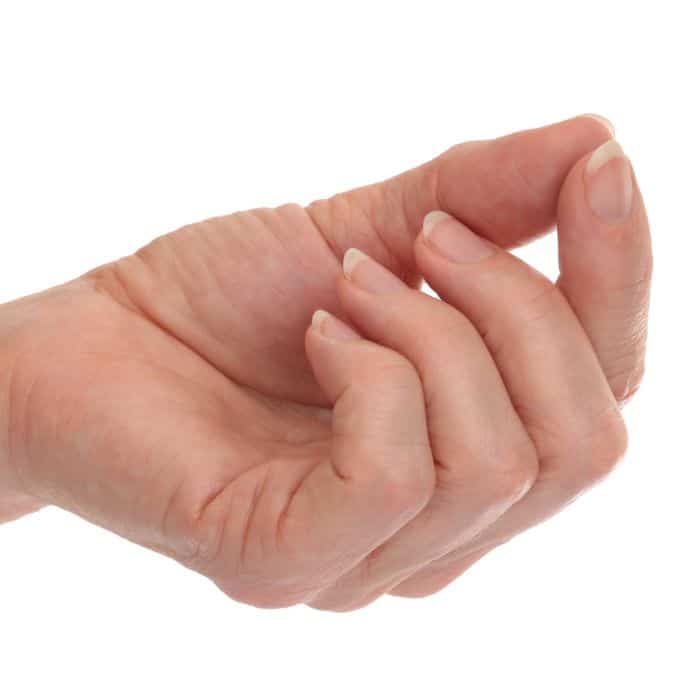
5. Hand Stretches
Start by extending your arm in front of you, palm facing down. Use your other hand to stretch your fingers back towards your body, feeling a gentle stretch in your hand and forearm. Hold for a few seconds, then release. Repeat this stretch several times on both hands to improve flexibility and reduce muscle tension.
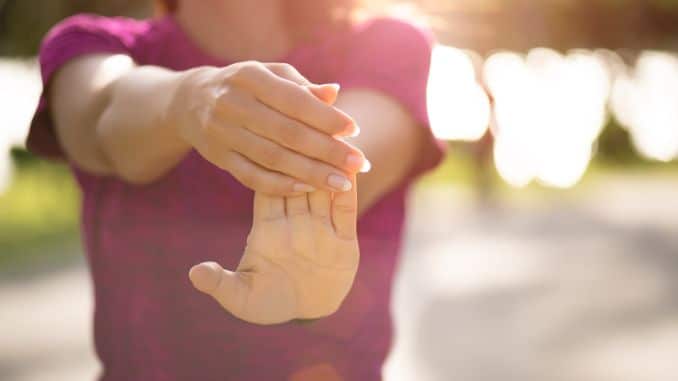
Conclusion: Finding Relief And Support For Hand Tremors
Coping with hand tremors can be inconvenient, impacting your daily routines. Fear not—by consistently engaging in the best exercises for hand tremors, you can regain control and enhance the functionality of your hands. Incorporating targeted exercises such as middle finger, index finger, and ring finger exercises, along with physical therapy and weight-bearing exercises, contributes to reducing tremors. Whether you're dealing with essential tremors, Parkinson's disease, or tremors due to other factors, exercises can be remarkably beneficial. You'll achieve a steadier grip and experience an improved quality of life as you reduce tremors through targeted exercises.
Don't let falls dictate your future! Join our 14-Day Fall Prevention Quick Start Program now and take control of your safety. With expert guidance and actionable steps, you'll build strength, balance, and confidence in just two weeks. Start your journey to a safer, more independent life today. Don't wait—your stability starts now!

